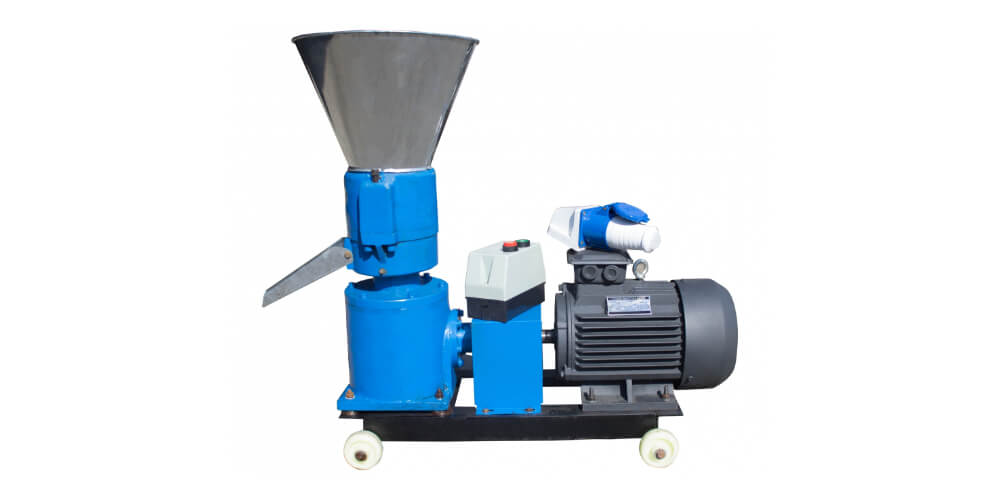Wood has for the longest time been a source of heat for man. Although, the amount of time, energy, and environmental impact of using wood pellets has been felt widely. Therefore, making wood pellets using waste wood and diseased trees has been among the breakthroughs that have contributed to the environment's protection.
Responsible making of wood pellets involves sourcing the wood without causing a significantly destructive effect on the environment. Cutting down trees for making wood pellets is unacceptable and leads to unwanted effects on the surrounding environment. Thus, using diseased trees and waste wood is one of the responsible ways of making wood pellets.
Wood pellets have turned out to be quick sources of heat and sources of electrical energy when used in bulk. They have been a good source of renewable energy, with green tags coming from reputable environmental bodies. So too, many people have benefited from the use of wood pellets in various ways.
How do you make wood pellets in five steps?
Debarking of the logs
Upon the arrival of the raw materials, which include waste wood and diseased trees, they are stripped off their barks using a debarker. During debarking, the logs are tumbled against one another to remove the bark. After the logs are debarked, the debarker separates the barks from the logs and the barks are used for fuel while the logs go to the next stage.
Chipping
The wood chipper, located at the end of the debarked has several spinning blades that help cut the logs into small chippings. So, the debarked logs are taken into the chipper, which chips the logs in small chippings. The chippings are usually uniform in size. The primary reason for chipping is to ease the usage of the chippings in making pellets.
The chippings are then directed to a conveyer belt and taken to a wood chip pile. At this stage they are ready for the procedure before the next stage. The wood chips are screened to ensure the quality is up to standard. The screener removes any unwanted materials. Some of the unwanted materials to expect are stones, grit, and barks.
Drying
The dryer produces hot air that passes through the wood chippings to dry them. The hot air produced comes from burning the waste barks extracted from the logs in the first step. Passing hot air through the wood chippings reduces the moisture content of the wood chippings to 15-12%.
The moisture content is one of the most critical steps in producing quality pellets. Moreover, the drying process also ensures the final product will make a good amount of energy. High adherence and energy levels are among the key indicators of quality pellets.
Shredding
The hammer mounter spinning shafts receive the dried wood chips for shredding. Shredding is another critical step that precedes pellet production. The wood chips are torn into fine fiber for easy pelleting during shredding.
Pelleting
Pelleting is the last stage of the process. It involves forcing the finely shredded pellets through metal dies that contain multiple small holes. The pellet mill has a rotating arm that helps to squeeze the material through the small holes. The pressure produced when extruding the wood fiber through the die castings binds the wood to create a pellet.
The pellets are then cut into even sizes and cooled down to a manageable temperature. After cooling, the pellets are packaged in silos, ready for transportation. Most importantly, producing quality pellets requires you to follow the correct procedure and standards.


